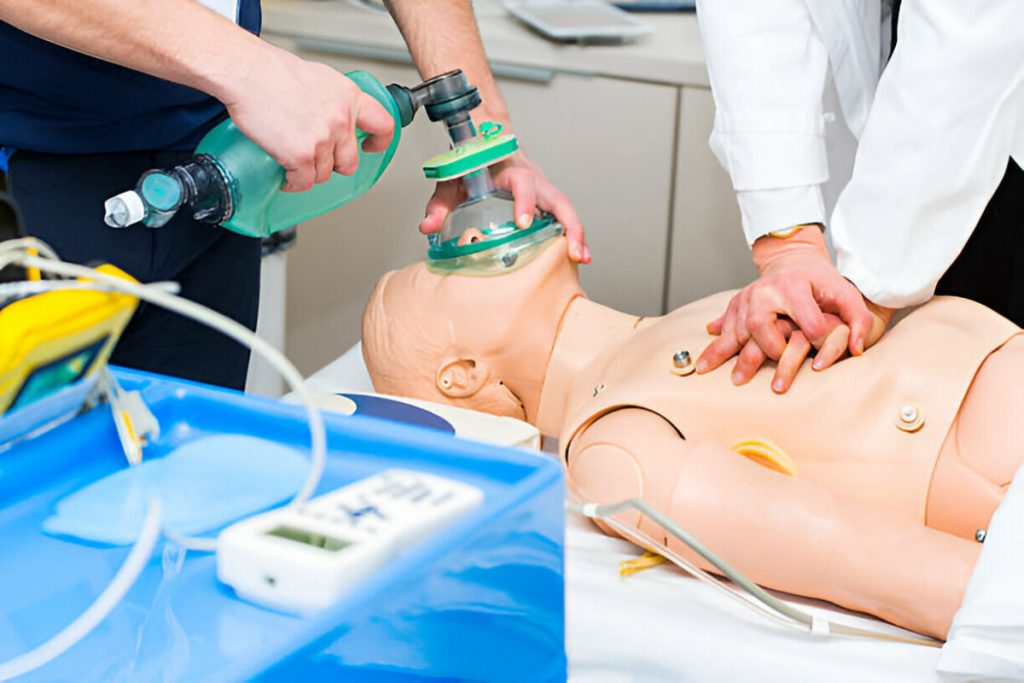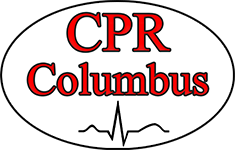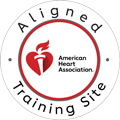Bag mask ventilation (BMV) is one of the most fundamental, yet high-stakes, skills in emergency care. Whether it’s a respiratory arrest in a hospital room or a cardiac arrest on the street, the ability to deliver effective ventilation can make the difference between life and death. Despite its importance, many providers struggle with the nuances of proper technique, often leading to inadequate oxygenation, gastric insufflation, or delays in airway management. Understanding and mastering bag mask ventilation is essential for all healthcare providers, first responders, and anyone responsible for patient care during emergencies.

Understanding Bag Mask Ventilation Fundamentals
BMV is indicated in a variety of situations—when a patient is not breathing adequately or at all, and before advanced airway management, such as endotracheal intubation, is available or successful. It remains a critical bridge between spontaneous breathing and advanced airway placement. While tools like supraglottic airways and mechanical ventilation exist, nothing replaces the immediacy and versatility of a bag-valve-mask in the hands of a skilled provider.
To perform BMV effectively, it’s important to understand the equipment involved. There are two main types of manual resuscitators: self-inflating bags and flow-inflating bags. Self-inflating bags are most commonly used in out-of-hospital settings and don’t require a continuous oxygen source to work. Flow-inflating bags are typically used in controlled environments like operating rooms and neonatal units. Choosing the right mask is equally important—masks come in various sizes and must create a tight seal on the patient’s face. Using an incorrectly sized mask can lead to air leaks or excessive pressure. Oxygen reservoirs, such as reservoir bags or tubes, enhance oxygen delivery, and Positive End-Expiratory Pressure (PEEP) valves can be attached to improve oxygenation in patients with hypoxia.
Anatomical Considerations
Anatomical knowledge is also crucial. Effective ventilation relies on the ability to move air past the upper airway structures and into the lungs. The airway anatomy varies across age groups—infants have proportionally larger tongues and smaller airways, while adults may have complications like obesity or facial hair. Understanding these differences helps providers anticipate and overcome challenges. For example, the epiglottis in infants are floppier, which increases the risk of airway obstruction.
Pre-Ventilation Assessment and Preparation
Patient Positioning
Before delivering ventilation, patient positioning is critical. In adults, the “sniffing position”—a combination of neck flexion and head extension—helps align the oral, pharyngeal, and laryngeal axes to create a clear airway. For children and infants, a shoulder roll is often needed to compensate for their larger occiput and maintain airway alignment. In trauma patients or those with suspected spinal injuries, cervical spine precautions must be maintained, usually by applying manual in-line stabilization while adjusting head position as needed.
Airway Patency Assessment
Airway patency must be assessed before ventilation begins. Obstruction may be evident through signs like stridor, gurgling, or no air movement. Basic maneuvers such as the head-tilt chin-lift or jaw-thrust (in spinal precautions) are often enough to open the airway. In some cases, inserting oropharyngeal (OPA) or nasopharyngeal (NPA) airways is necessary to maintain airway patency. Knowing when and how to use these adjuncts improves the effectiveness of BMV and reduces the risk of complications.
Call Us Now
Get the Best CPR Class in Columbus Today!
The Two-Person Technique: Gold Standard Approach
When resources allow, the two-person technique is considered the gold standard. One provider focuses solely on maintaining a tight mask seal using the “E-C” clamp technique, where the thumb and index finger form a “C” around the mask while the other fingers create an “E” on the mandible. The second provider squeezes the bag, timing ventilations with chest rise and avoiding over-ventilation. Clear communication is essential here—synchronizing efforts and adjusting based on patient response.
Modified Hand Positioning
However, many providers find themselves alone during the initial moments of resuscitation. In these cases, adapting the E-C grip becomes necessary. Some use a one-handed seal while squeezing the bag with the other, though this often sacrifices seal quality. An effective alternative is placing the bag between your body and arm or using your leg for support to free up a hand. Being aware of these techniques and practicing them can significantly improve solo performance. Remember, if the situation becomes unmanageable, call for help early.
Pediatric and Infant Considerations
Pediatric and infant patients present unique challenges. Mask sizing must be appropriate to the child’s face, ensuring coverage from the bridge of the nose to the cleft of the chin without covering the eyes. Ventilation rates and tidal volumes vary by age—infants require 20–30 breaths per minute with lower pressure, while children need slower, more measured breaths. Over-ventilation in this population can quickly lead to barotrauma, so visual chest rise is a better indicator of adequacy than volume delivered.
Troubleshooting Common Challenges
Even with proper technique, challenges arise. A poor mask seal is one of the most common issues. Causes range from facial hair and trauma to simply using the wrong mask size. Adjusting the angle of the mask, shaving facial hair if possible, or using a two-person technique often resolves this. If chest rise is inadequate, reassess head positioning, consider airway obstruction, or increase ventilation pressure slightly. Gastric insufflation, or air entering the stomach, is another risk. This can lead to vomiting and aspiration. Prevent it by using appropriate ventilation rates and avoiding excessive pressure. Cricoid pressure may be applied cautiously, though its effectiveness is debated.
Advanced Techniques and Adjuncts
In more advanced settings, BMV can be combined with airway adjuncts like OPAs, NPAs. The bag may also be used in conjunction with supraglottic airways such as LMAs. These tools provide a more secure airway and reduce the effort required for the mask seal. In difficult airway cases, using a two-hand mask seal with a second provider bagging allows better control. These advanced techniques are especially important when dealing with obesity, facial anomalies, or airway trauma.
Monitoring ventilation quality is vital. Look for visible chest rise with each breath and auscultate the lungs when possible. Capnography, when available, provides real-time confirmation of effective ventilation and should be used in conjunction with visual cues. During the resuscitation, continuously assess and adjust your technique. If bag mask ventilation becomes inadequate, transition to an advanced airway promptly.
Team Dynamics and Communication
Effective team dynamics are just as important as individual skill. Assigning clear roles during resuscitation—such as airway manager, bagger, and compressor—reduces confusion. Consistent communication ensures smooth transitions and enhances patient safety. Handoffs, whether from pre-hospital to hospital staff or between shifts, must include a detailed account of airway management efforts and patient response.
Conclusion
Mastering effective bag mask ventilation techniques is fundamental to emergency care and can mean the difference between life and death in critical situations. From proper mask positioning and seal creation to understanding appropriate ventilation rates and recognizing common complications, these skills require both theoretical knowledge and hands-on practice to execute confidently under pressure.
Healthcare providers must maintain proficiency through regular training and certification updates, as muscle memory and quick decision-making are essential when every second counts. The techniques covered in this article form the foundation of respiratory support, but they must be practiced consistently to ensure competency during real emergencies.
Call to Action
Don’t wait until an emergency strikes to realize your skills need refreshing. CPR Columbus offers comprehensive, hands-on training that builds confidence in bag mask ventilation and other critical life-saving techniques. Our stress-free learning environment, led by certified American Heart Association instructors, ensures you’ll master these essential skills through practical application.
Whether you need initial BLS Certification in Columbus or want to renew your existing credentials, our expert-led courses provide the thorough preparation healthcare providers demand. Our CPR Certification in Columbus programs combine theoretical knowledge with extensive hands-on practice, ensuring you’re prepared for any emergency.
Contact CPR Columbus today to schedule your certification course and take the next step in advancing your emergency response capabilities.


